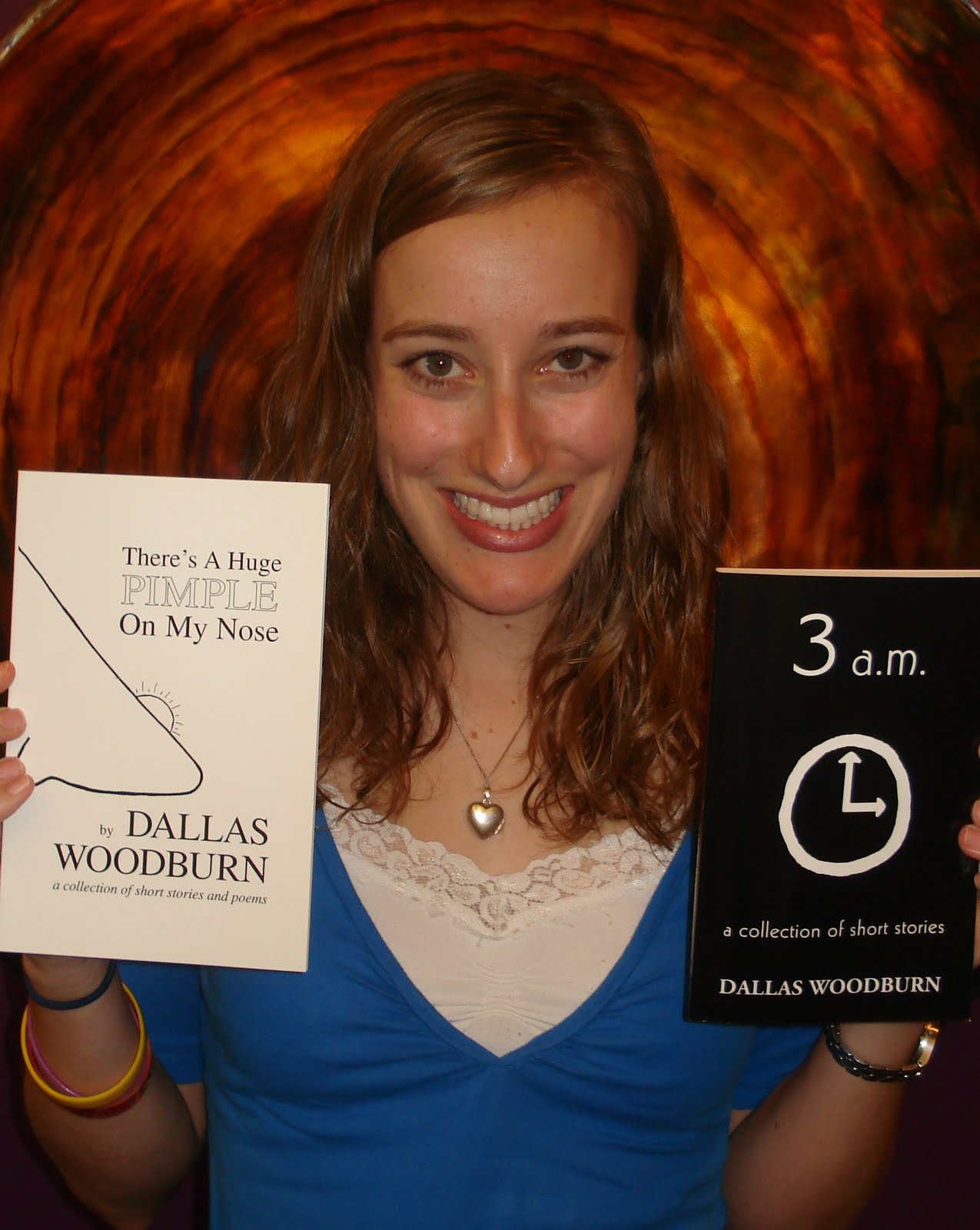So, what is Q&A Friday? Often I get emailed questions about writing, teaching, editing, book recommendations, and general questions about the literary life, and I was thinking that other people might be interested in these questions, too! Q&A Friday is where I will answer one of these questions every other week or so. I hope you find it to be helpful and inspiring!
If you have a question, please feel free to email it to me at dallaswoodburn
What a worthy endeavor! Yes, I definitely teach poetry to kids. In my experience, most kids seem to really enjoy reading and writing poetry. One thing I've noticed is that many young kids believe all poetry needs to rhyme, which can be very restrictive when trying to write a poem. So, one of my goals as their teacher is to try to broaden their view of what poetry is and can be.
Think of a person you want to write a poem to. This might be your mom, dad, grandma, grandpa, aunt, uncle, brother, sister, or friend.
Brainstorm a list of things you like to do with this person. Try to be as SPECIFIC as possible! For example, in “My Monday Guy” the author describes baking “yummy cinnamon bread.”
1) _____________________________________________________________
2) _____________________________________________________________
3) _____________________________________________________________
4) _____________________________________________________________
5) _____________________________________________________________
Now, brainstorm a list of SPECIFIC things this person likes or that you associate with this person. For example, in “My Monday Guy” the author describes “a boxer puppy” and a gardener’s “red rose.”
1) _____________________________________________________________
2) _____________________________________________________________
3) _____________________________________________________________
4) _____________________________________________________________
5) _____________________________________________________________
Go back and read through both your lists. Draw stars next to your favorite four or five items you brainstormed. Now it’s time to weave your ideas together into a poem!
Title: ______________________________________________
Dear _______________________________________________,
I love you more than ______________________________________________
I love you more than ______________________________________________
I love you more than ______________________________________________
I love you with my _________________________________________________
Love, ______________________________________________
Good luck, and have fun! If you liked this poem and activity, you might want to check out my children's book There's a Huge Pimple On My Nose and accompanying Teacher's Guide!
Previous "Q & A Friday" posts:
- How to manage class time as a writing teacher
- How to build a platform as a freelance writer












